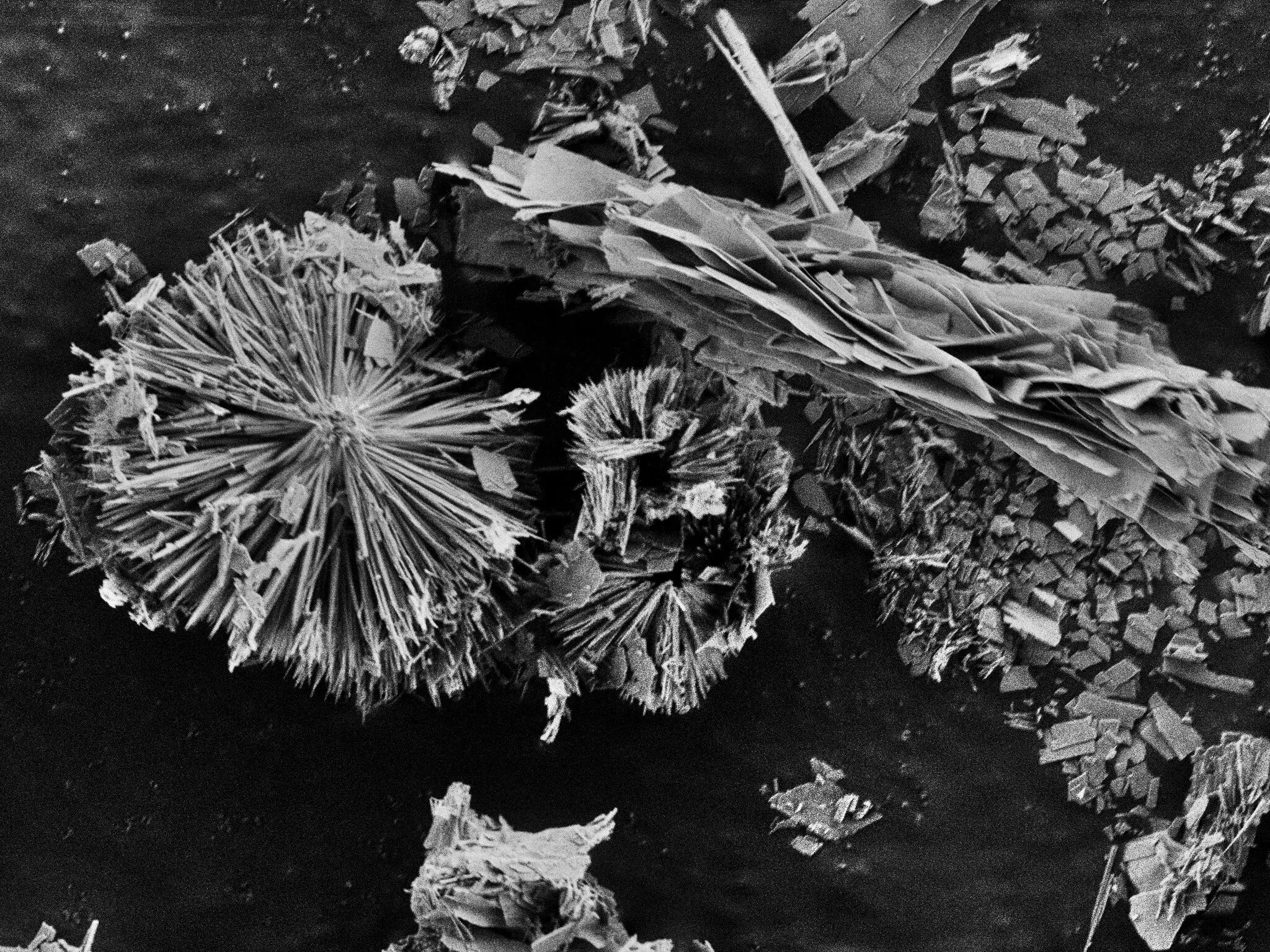MXene materials have emerged as a versatile class of materials with exceptional properties. These materials, made up of metal carbides or nitrides, combined with carbon layers, possess a unique structure that provides them with a high surface area. This inherent property makes MXenes promising candidates for various applications, including energy storage and catalysis. The recent study led by HZB chemist Michelle Browne highlights the potential of functionalized MXenes as catalysts for the oxygen evolution reaction (OER) in electrolytic water splitting.
Electrolytic water splitting is a key process for producing green hydrogen, a clean energy carrier essential for the transition to a sustainable energy future. However, the efficiency of water splitting is limited by the OER, which requires efficient catalysts to facilitate the reaction. While traditional catalysts like nickel oxides are widely used, they lack stability and conductivity in the harsh conditions of an electrolyzer. This limitation has hindered the development of cost-effective and high-performance electrolyzers.
Innovative research by Ph.D. student Bastian Schmiedecke has demonstrated the potential of MXene catalysts as a solution to the challenges posed by traditional catalysts. By functionalizing MXenes with copper and cobalt hydroxides, the research team was able to enhance the catalytic activity of the materials significantly. Not only were the functionalized MXene catalysts more efficient than pure metal oxide compounds, but they also exhibited superior stability and improved efficiency during continuous operation.
Characterization and Insights
Detailed characterization studies at the Berlin X-ray source BESSY II and Soleil Synchrotron in France provided valuable insights into the underlying mechanisms that make MXene catalysts so effective. Through a combination of advanced techniques such as scanning electron microscopy, X-ray diffraction, and spectroscopic analysis, the researchers were able to elucidate the unique surface properties of MXene samples. The results of the study underscored the immense potential of MXenes as catalysts for electrolyzers.
The groundbreaking research on MXene catalysts opens up exciting avenues for further exploration and development in the field of electrocatalysis. Collaborative efforts with partner teams from renowned institutions will pave the way for the exploration of new chemical variations of MXene catalysts and their testing in practical electrolysis setups. The goal is to leverage the unique properties of MXenes to drive innovation in electrolyzer technology and accelerate the adoption of green hydrogen as a sustainable energy solution.
The study on MXene catalysts for water splitting represents a significant advancement in the field of electrocatalysis. The promising results obtained underscore the potential of MXenes as next-generation catalysts for electrolytic water splitting, offering a sustainable and efficient pathway towards producing green hydrogen. Continued research and development in this area are crucial for realizing the full potential of MXene materials in revolutionizing energy storage and conversion technologies.


Leave a Reply